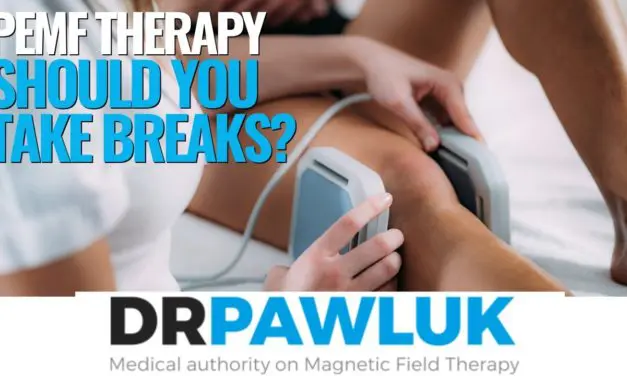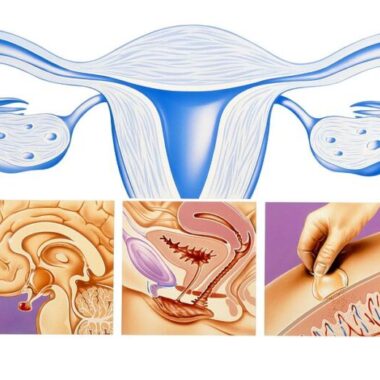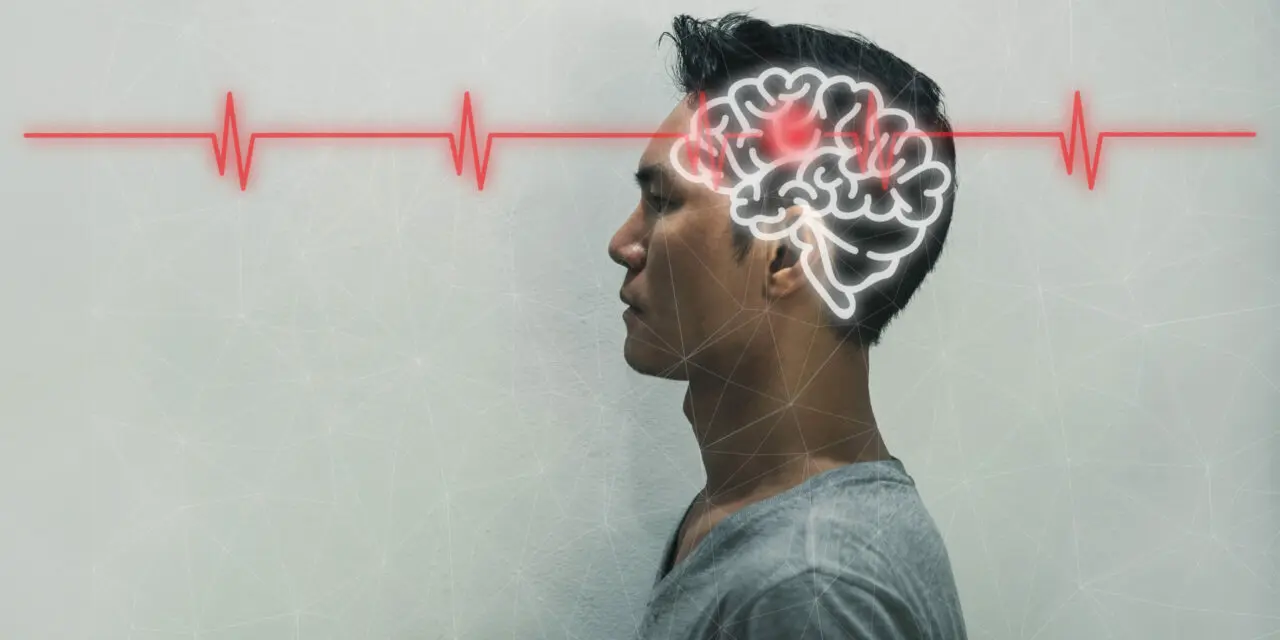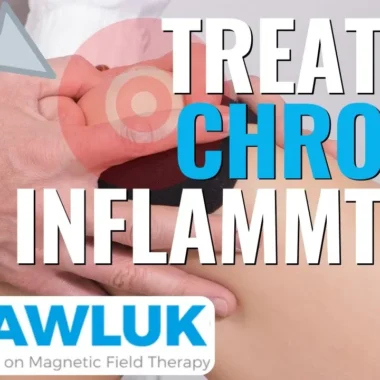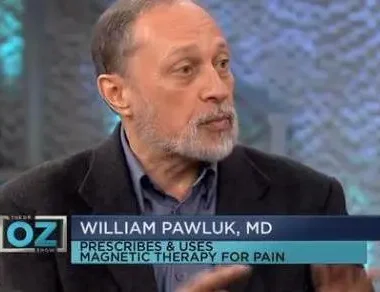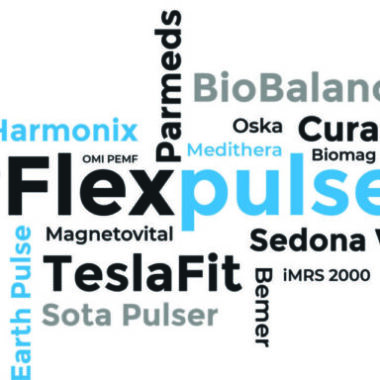DOES PEMF NEED TO BE USED WITH BREAKS?
Transcript: Does PEMF need to be used with breaks? That’s still a huge outstanding question. Most research studies are done for practical reasons. They have limitations and protocols that are designed for practical reasons and they have to do with people being willing to do the treatments, coming back and forth to a clinic, or to a research center. So we don’t know how much is needed. I mentioned already the nonunion fractures, they’re getting treatment for 12 hours a day.
Why do you take a break? Well, I think taking a break is important because what you’re doing with magnetic fields is stimulating all these processes in the body for tissue regeneration. What magnetic therapy is doing is starting a rock rolling down a hill, and the rock then rolls on its own until it’s at the bottom of the hill.
A magnetic field effect is going to be like that. It starts a process going. How long that healing process goes depends on a whole host of factors, none of which are totally predictable. So I do recommend pauses or breaks in order to let the body finish the job of what it was trying to do, rather than forcing it to move faster than it can. Again, magnetic therapy doesn’t do the work. All it does is give the body the energy to do the work that it needs to do itself. So its own systems can get exhausted and run out of energy to do the job that needs to be done.
I have no hard and fast rules about this. There are people with complex problems, multiple areas of the body with horrible arthritis, or they’re very disabled, who may need to treat for an hour at a time. An hour, I think, is a reasonable amount of time. Sometimes at the beginning of a course of treatment, you may need higher intensity treatments, and then gradually you spread out the treatments, you decrease the time, you decrease how often you do the treatments. Part of that’s still going to be a trial and error.
I’ll give you another example, using the micropulse. My wife broke her toe. It was out at an angle and it was purple, black and blue, and of course painful. The traditional medical approach to this is to buddy tape the toes, you put tape over the two toes to brace it. It’s like a cast. And then you put the foot in a platform shoe, a very flat shoe, sometimes wooden, something that’s not going to bend or flex. And then they wear that until the fracture is healed. What do you do to accelerate the healing of the fracture? Nothing. You wait for the body to do the healing work. You cross your fingers and say “Good luck. Let’s see what happens. See you back in two weeks.”
What we did is I buddy taped her toe, put her in a platform shoe, and then got her to use the micropulse continuously, 24/7. Midday the fracture was black and blue, swelling. The next morning she woke up, no swelling, bruising is completely gone, pain is completely gone. So she did it for another 24 hours and the next morning there was still no pain, no swelling, no bruising, and she walked a mile in tennis shoes.
Okay. Another 24 hours, and on the third day she’s now walking three miles in tennis shoes. And that was the end of the story. Normally, clinically, I would expect that foot to take two to four weeks to heal. My question for people is why do you want to leave things to chance? Why not stimulate the healing processes of the body? So in her case, she recovered extremely rapidly by doing magnetic field therapy continuously for 24 hours.
Now does every problem need that? If you have hip arthritis or shoulder tendonitis, 24 hours a day is probably not necessary and may not be any more helpful. You can’t accelerate the body beyond its capacity to generate its own healing. You can give it more energy and it will go as fast as it can, but it’s not going to go any faster than that.
So, do you need to take a week off? The question is what are you treating for? If you’re doing health maintenance, why? You’re doing health maintenance so that you don’t age, right? That’s one of the primary reasons. Or you’ve got a health problem that you don’t want to get worse, so you keep treating to maintain it at that level so it doesn’t get worse. A good example of that is osteoporosis. You may not be able to recover all the bone you lost, but at least you stopped the progression. So stopping progression is a win.
How much time do you need to treat for? Your body’s going to tell you. I don’t know. It’s very, very hard to overdo it unless you’re using extremely high-intensity magnetic fields, or your body is telling you “I don’t like this.” Animals like PEMFs and they get off when they think they’ve had enough. Sometimes we say “The doctor said I have to do 24 hours, so I’m going to do it 24 hours regardless. My body’s killing me. This is hurting, this is making me worse.” Well, don’t do that. Listen to your body. Let’s respect the processes of the body to do their own healing work. You’re giving them a chance. You’re giving them the energy to work better, harder, and longer. So let’s respect that. You’re going to have to take that feedback from your body. That will tell you how often you should take breaks.
So what I’m saying is you don’t need to take breaks. You may need to take breaks during the day for practical reasons. You’re going to take breaks. You don’t use it when you go to the bathroom. Generally speaking, there aren’t that many problems that need to be treated 24/7. And if they do, you maybe start off 24/7 then after a few days, as you start to feel better and feel the healing happening, then you back off and see whether you can deal with less time. Now, are you going to go from 24/7 to two minutes, or eight minutes? Probably not. The symptoms may come back, and when they do, they’ll tell you that it’s time to treat again.
If you have a pain and you treat for half an hour or an hour and the pain goes away for four hours, then what do you do? Probably you should treat it again in four hours. If you can’t, you can’t, and then the pain is going to come back and treat again when you can for as long as you can. Letting the pain come back is not going to get you the best results. It’s still going to work better than nothing and maybe over time actually increase the amount of time it takes for the pain to come back.
So, listen to the body and as your body tells you that pain is coming back, that’s a good time to treat. If you do that regularly for a while – days to weeks to months, possibly – then it could extend to eight hours. It could extend to a week. As the healing happens then the amount of treatment time may decrease. To go back to the original question, it depends on what you’re treating, what your goals are, and the kind of magnetic system that you’re using.
